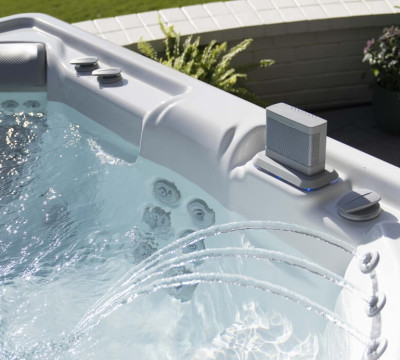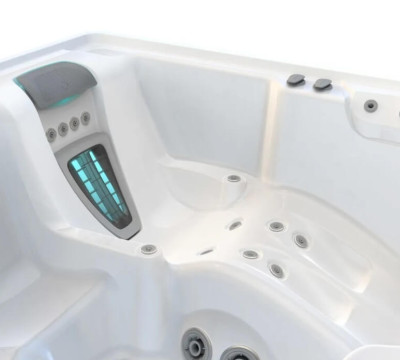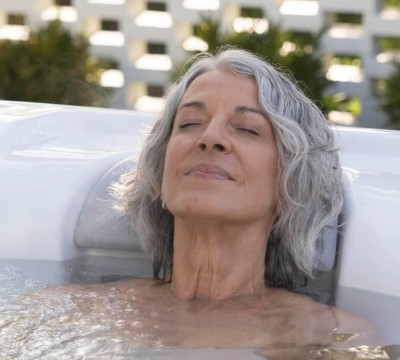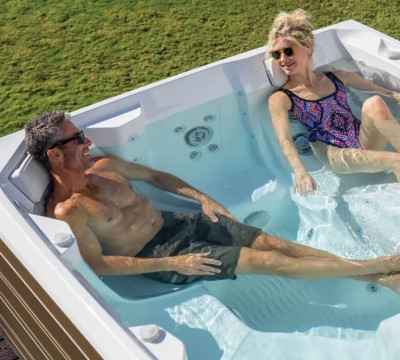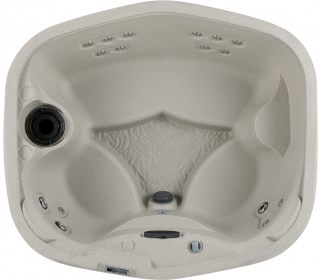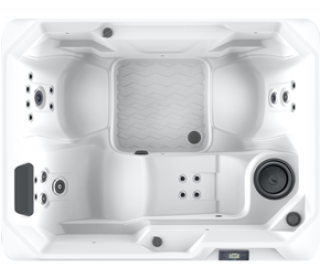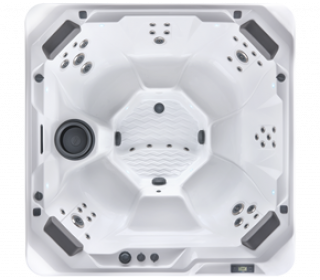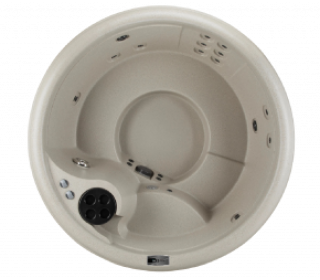Arthritis. This tenderness and swelling of joints is most commonly associated with the elderly – particularly in its two most common forms, osteoarthritis and rheumatoid arthritis – although the disorder actually comes in over 100 forms and can affect people of all ages. It’s a big problem, but could a spa pool or hot tub represent a possible treatment solution?
As it turns out, spa pool benefits include managing the symptoms of arthritis. The warm water expands blood vessels, bringing more nutrient-rich blood to soft tissues, the buoyancy of the water gives your body a break from fighting gravity, and low-impact aquacise can breathe new life into arthritis-affected joints.
How exactly does a spa pool help arthritis sufferers? Let’s take a closer look.
Arthritis in Australia
According to the Australian Institute of Health and Welfare, around 3.6 million Aussies, or approximately 15% of the population, suffer from arthritis, and often live through chronic arthritic pain. But while medication and joint replacement can be effective treatment options, there may be a simpler and far less invasive way to manage symptoms: physical therapy.
And one of the forms this physical therapy can take might be more soothing, bubbly and fun than you had imagined. It could be time for a soak in a spa pool.
Is soaking in hot water good for arthritis?
The Ancient Greeks, the Romans; throughout human history all manner of civilisations have recognised the healing powers of warm water. In a pre-modern medicine world, warm water would often be the single form of treatment available, whether in the form of natural hot springs or man-made baths. And such is its effectiveness that the treatment remains widely used to this day.
Heat treatments loosen stiff joints, relieve achy muscles, and are some of the oldest, cheapest, and safest forms of complementary therapy around. And when compared to other heat treatments like heating pads and hot wax, warm water immersion is the most accessible, multi-faceted and all-embracing option.
How does hydrotherapy help arthritis?
Hydrotherapy is the practice of doing exercise in a warm water pool to recover from illness and injury, to increase fitness, and to relieve aches and pains. If soaking in warm water is good for arthritis, is moving in that warm water even better?
While warm water immersion alone can be useful in reducing the symptoms of arthritis, pairing it with exercise can enhance the therapeutic effects. Hydrotherapy helps arthritis in three main ways:
- A physiological response: When you warm up soft tissues, whether a sore joint or a tired muscle, your body responds by increasing the size of your blood vessels, which leads to better circulation. With a greater flow of oxygen- and nutrient-rich blood being delivered to those tissues, they’re able to both operate better and work to mend themselves.
- Getting joints and muscles moving: Arthritis can lead to tension in the surrounding muscle. With warm water immersion resulting in more life-giving blood being delivered to your soft tissues, you’re able to move them more easily. Studies have shown that physical exercise can noticeably improve long-term pain relief in affected joints, while also encouraging total body health.
- A less impactful form of exercise: Hydrotherapy is exercise without all that annoying gravity. With your natural buoyancy offsetting the pull of the earth, you can move joints and muscles far more freely and with far less pain. Do regular hydrotherapy or aquacise, and you’ll begin to feel the benefits outside of the pool, including an improved level of fitness.
Are spa pools good for joints?
We now know that the warm water immersion offered by hot tubs helps your body help itself, and that hydrotherapy can breathe life into stiff and aching muscles and joints. But what if the water moved around you, instead of you moving through it?
In spa pools and hot tubs, cleverly designed jets are built to deliver much the same experience as a professional masseuse, working to knead and relax muscles and joints, and further stimulate blood flow. A hot tub therefore offers a rather complete, three-pronged approach to the management of arthritis symptoms.
Which is better for arthritis: a spa pool or a sauna?
Another form of heat therapy, one particularly popular in northern Europe, is the sauna. Rather than immersing yourself in a pool of water, a sauna instead sees heat transferred to you via particularly hot and humid air. But could a sauna be a more effective tool for arthritis pain management than a spa pool?
A spa pool ticks more boxes than a sauna when it comes to managing arthritis symptoms, for a few reasons:
- You’re unable to move and exercise in a sauna.
- Your body is forced to fight gravity, rather than float.
- Saunas lack soothing hydromassage jets.
A lot of Australians over the age of 15 suffer from some form of arthritis. But they needn’t suffer in silence, nor in perpetuity. Not only can your very own spa pool represent a serious enhancement to your backyard and your lifestyle, it might also help you to better manage the chronic joint pain that so many Aussies feel.



